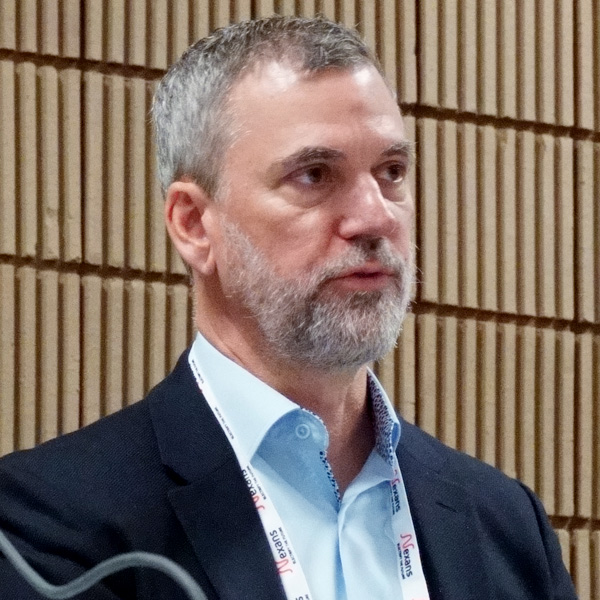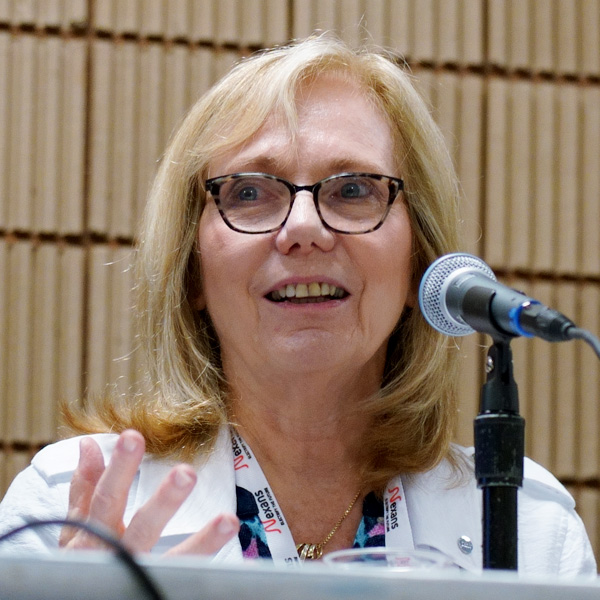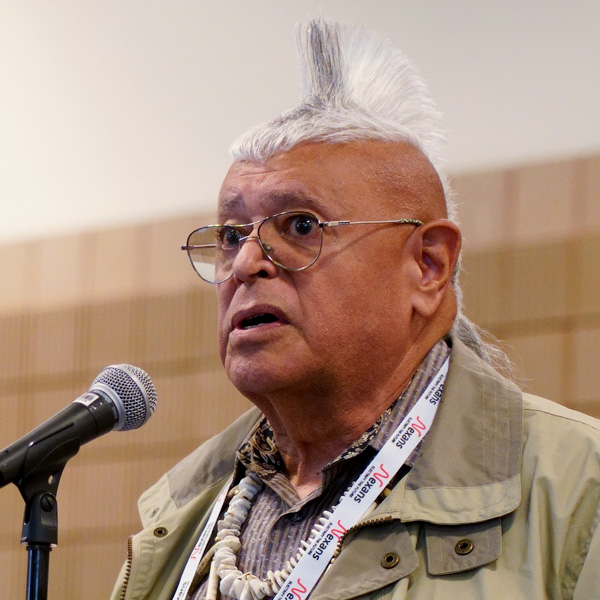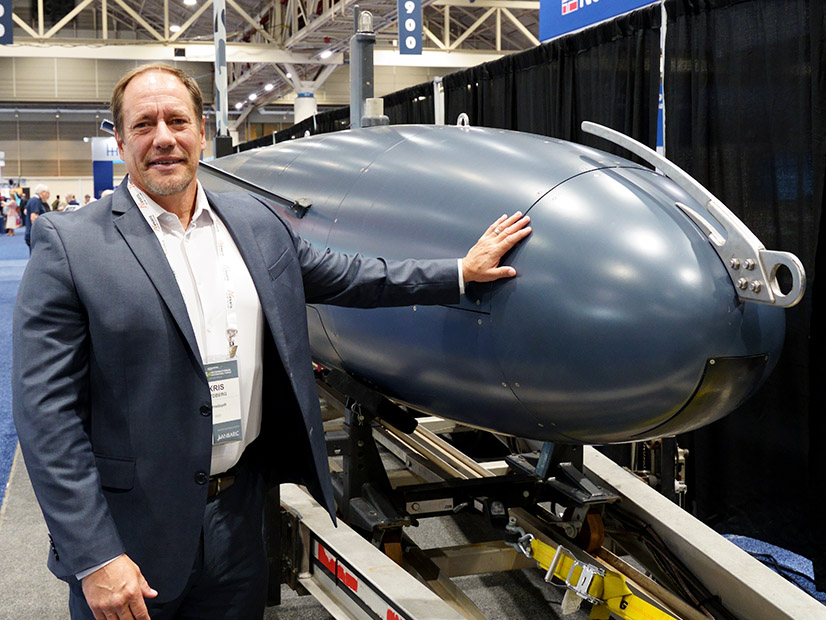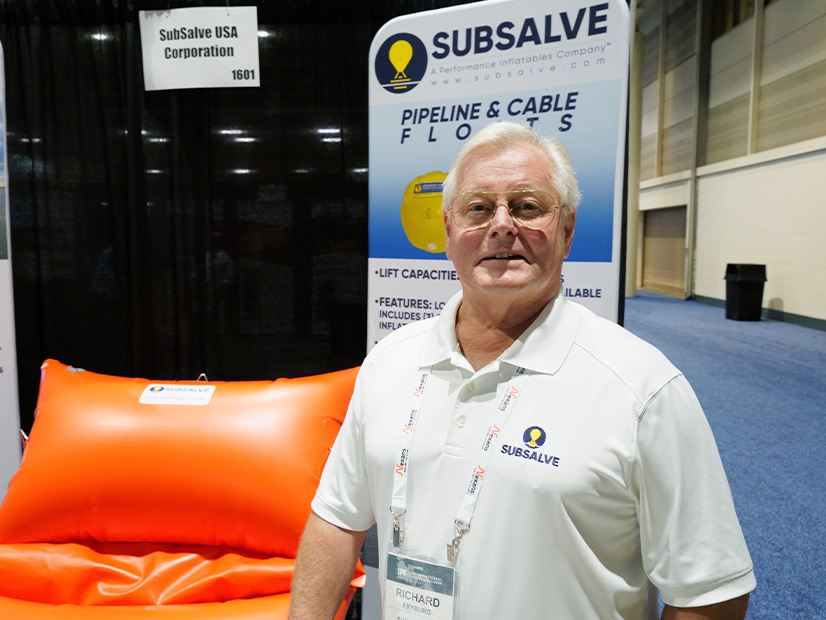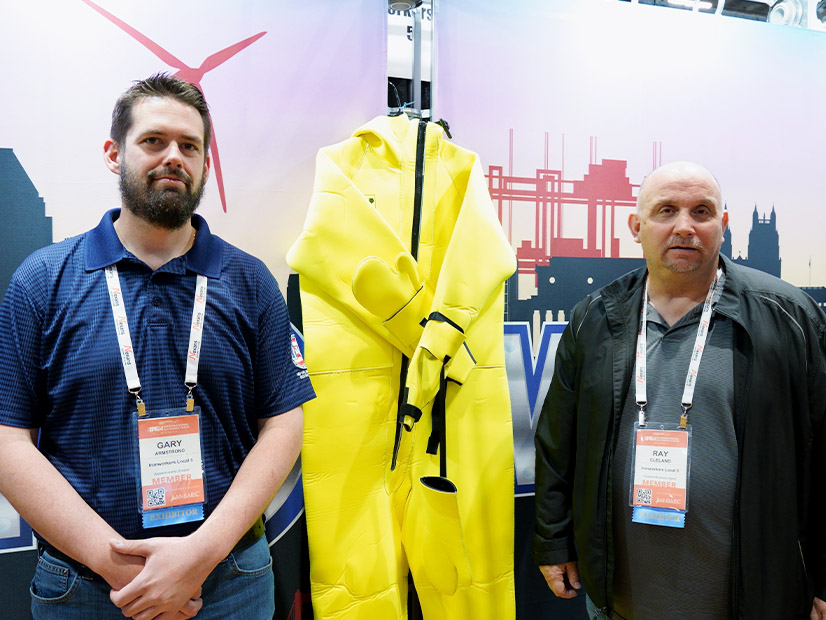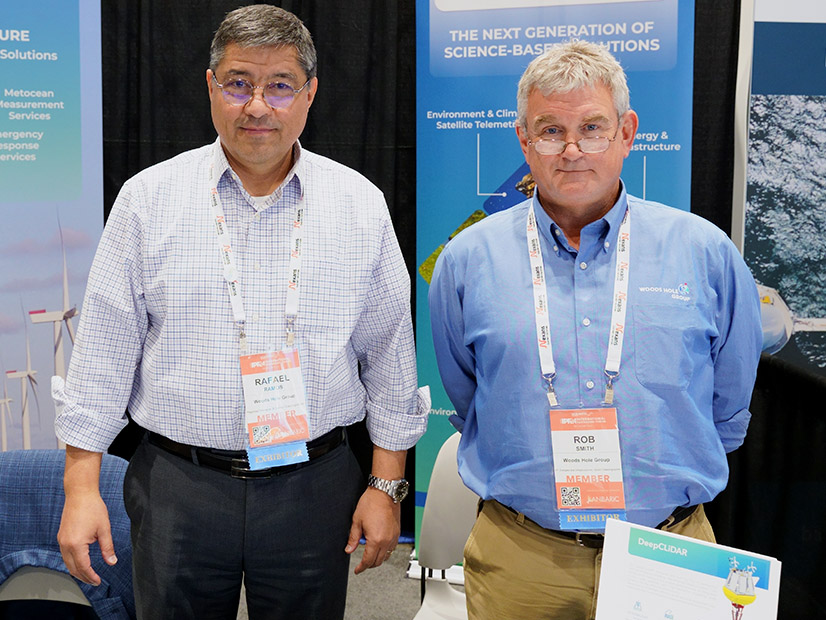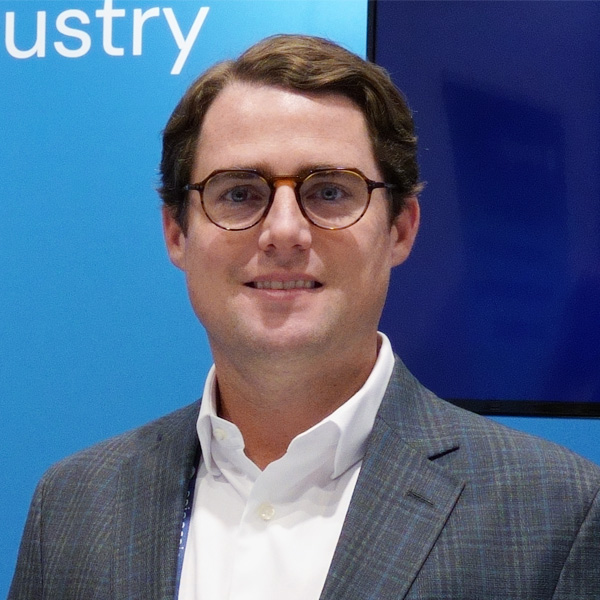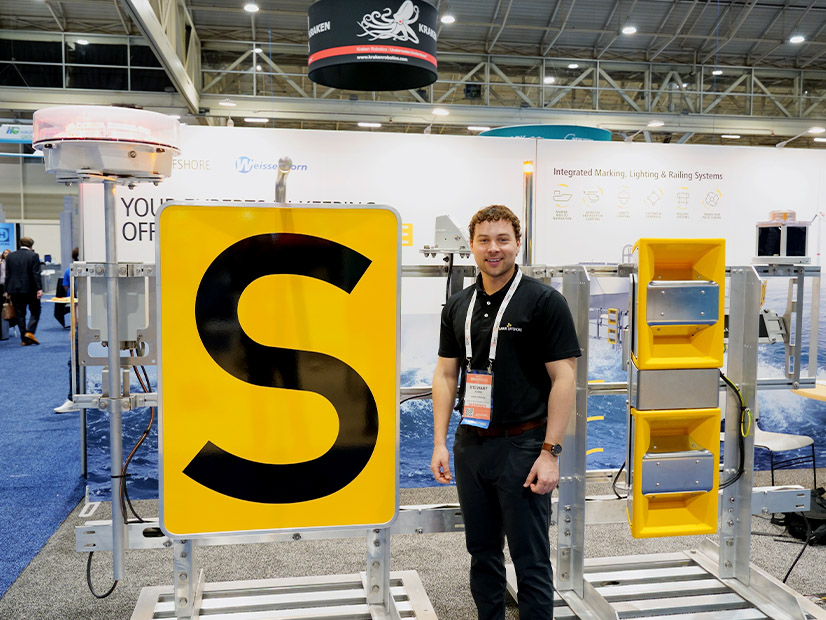The New Jersey Board of Public Utilities has opened its fourth offshore wind solicitation, with a planned capacity of up to 4 GW, as the state seeks to rebound from the sudden dissolution by developer Ørsted of two of the state’s first three projects.
The solicitation, outlined in an April 30 guidance document, seeks to create a “robust competition” and attract projects with a capacity of between 1.2 and 4 GW, and even larger “if circumstances warrant,” according to the guidelines. The solicitation will close at 5 p.m. on July 10.
It follows by just three months the BPU’s announcement of the favored projects in the state’s second solicitation. If the three ongoing projects backed by the state come to fruition, the state would have slightly less than half of its target of 11 GW by 2040. (See NJ Awards Contracts for 3.7 GW of OSW Projects.)
BPU commissioners, who voted 4-0 on the plan, touted the solicitation as a show of the state’s strength in the sector.
“This solicitation really demonstrates that we are committed to seeing the economic development that offshore wind is bringing to New Jersey, and will continue to bring, as well as the clean energy that is so important for the residents,” BPU President Christine Guhl-Sadovy said after the vote.
The BPU initially pursued a strategy of holding solicitations every two years, selecting the 1,100-MW Ocean Wind 1 in 2019, and the 1,148-MW Ocean Wind 2 and 1,510-MW Atlantic Shores Offshore Wind in 2021. But it has accelerated the process since Ørsted abandoned its two projects in October 2023 and left Atlantic Shores as the only ongoing project. (See Ørsted Cancels Ocean Wind, Suspends Skipjack.)
Commissioner Zenon Christodoulou called the task of preparing the solicitation a “really monumental task that you guys have accomplished in such a short time,” referring to BPU staff.
“We are admired across the country,” he said. “Other states look to New Jersey and look to what you have done and say: ‘We can do that.’ And they’re learning from us. They appreciate it. And you’ll see many states following our path.”
The guidance document sets out a schedule in which the BPU would select projects by the end of the year, with an expected completion date of 2032. Developers would submit bids stating the price of the Offshore Wind Renewable Energy Certificates (OREC) — a measure that represents the environmental attributes of 1 MWh — at which they would undertake the project. The BPU then would pick those viable projects that best meet the agency criteria and would be the most financially favorable to the state.
The document also contains a section that allows projects selected in the first two solicitations to submit a “Re-Bid Project.” The section effectively would allow them to seek to adjust their cost structure to adapt to the rising costs — from the supply chain, material prices and interest rates — that have prompted developers to pull out of OSW projects in the U.S. It would also enable them to seek additional state support.
Community Solar Capacity Doubled
In a separate action at the April 30 meeting, the BPU also agreed 4-0 to reopen the state community solar program on May 15 and expand its capacity from 225 MW to 500 MW.
The expansion comes in the first year of the program as a permanent entity after two pilot programs demonstrated the interest of solar developers and ratepayer subscribers.
The BPU opened the first permanent program solicitation on Nov. 15 with a target capacity of 225 MW, to be allocated in four capacity blocks, one for each territory serviced by the four electric utilities in the state. The board closed the solicitation after applications exceeded the available capacity, but a law signed Jan. 24 by Gov. Phil Murphy allowed it to increase the capacity available to 275 MW if applications exceeded 225 MW.
The law will allow capacity expansions in the future as well: by 250 MW if applications exceed 500 MW in 2025, and by an additional 150 MW in subsequent years. Under the current guidelines, if the capacity now allocated for community solar in 2024 is not used, it will be rolled over and available in 2025.
Fred DeSanti, executive director of the New Jersey Solar Energy Coalition, said he was “pleased to see the program move forward quickly” and added that it “shows that the board and this administration is committed to community solar.”
State officials see the program as a key element in helping the state reach its goal of 12.2 GW in solar capacity by 2030 and 32 GW of solar by 2050. The state had 4.8 GW of installed capacity as of March 31, according to BPU figures.
The state enacted its first community solar pilot program in 2019, and a second pilot in 2021. The first program, which attracted 252 applicants, approved 45 projects totaling 75 MW. The second pilot, which attracted 412 applications, awarded 105 projects totaling 165 MW. (See NJ Opens Community Solar and Nuclear Support Programs.)
The BPU board also approved some program rule changes April 30, including allowing low-income customers to “self attest” to their household income, rather than having to show proof — a change long sought by solar developers who said requiring customers to document their income dissuaded many from applying to participate in community solar.
Another rule change approved by the board requires utilities to discount a customer’s bill at least 20% for participating in the community solar program.
Facilitating DER Connections
The board also backed several rule changes designed to help distributed energy resources connect to the grid.
The BPU based the rules on the short-term conclusions of a Grid Modernization Study released in November 2022. The changes include creating a streamlined process for utility interconnection applications and making “clearer and more consistent distribution system information available to potential project applicants,” according to a BPU statement. Another section would fashion a “pre-application and verification process that will provide interconnection applicants with an early indication of feasibility and costs.”
Longer-term changes aimed at capacity expansion and further grid modernization will be addressed in an upcoming “grid modernization forum,” the BPU said.
President Guhl-Sadovy said the ability of the state’s grid to accept new DER resources is critical to its energy future. The development of new rules, she added, “marks a pivotal step toward making the interconnection process more efficient as we prepare to modernize the grid while mitigating impacts on ratepayers.”
Outlining the rules at the board meeting, BPU staffer Natalie Stuart said they are designed to “remove stakeholder-identified sources of confusion or delay in the DER interconnection process, and to prepare for a broader grid modernization effort that will enable the grid to host more DER capacity.”
“These rule changes will significantly reduce the uncertainty, inefficiency and delay applicants with viable DER projects seeking interconnection experience, while also clarifying the level of commitment and responsiveness expected from active applicants,” Stuart said. She added that the rules would facilitate the deployment of community solar projects by providing “greater assistance in navigating the interconnection process.”

